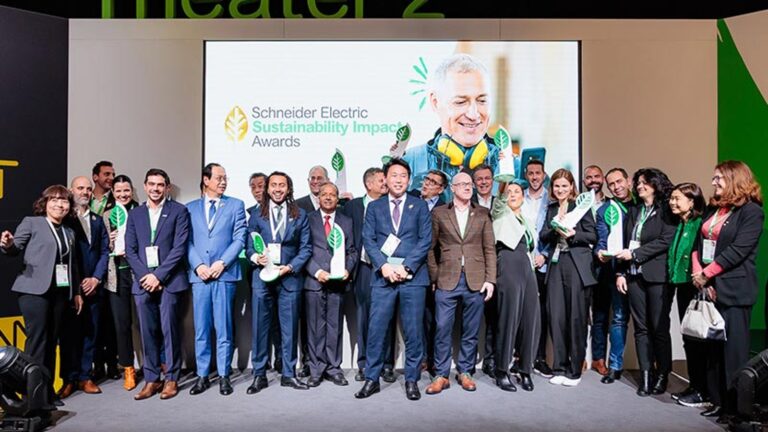Saturday, July 5, 2025
According to a new report released by the Canadian Institute for Climate Choices, the national net zero goal hinges on stronger policy and strategic bets.
The report, entitled, “Canada’s Net Zero Future,” provides an in-depth look at how Canada can reach net zero emissions by 2050. Canada can not only achieve net zero, the report finds, it can capitalize on unique advantages by doing so. However, success hinges on governments and businesses decisively scaling up solutions available today, while skillfully navigating unavoidable uncertainty.
“Reducing Canada’s emissions to net zero by 2050 is no small feat but it’s doable. For Canada to prosper on the path to net zero, governments and private sector leaders need to navigate complex changes to our policy and energy landscapes, while acting decisively on the solutions and insight available today,” said Kathy Bardswick, president of the Canadian Institute for Climate Choices. “Canada has significant advantages compared to our peers, but as technological disruptions and global markets shift the ground beneath us, decision makers will need to manage uncertainty while adapting to seize emerging opportunities.”
Achieving net zero emissions requires shifting to technologies and energy systems that do not produce greenhouse gas emissions, while removing any remaining emissions from the atmosphere and storing them permanently. To assess a mix of policies and technologies that could contribute to Canada reaching net zero within 30 years, the institute analyzed more than 60 modelling scenarios and undertook supplementary research and consultation with policy experts, industry leaders, governments and civil society.
The report finds Canada’s success in building a prosperous net zero economy relies on advancing two distinct types of climate solutions: “safe bets” and “wild cards.”
Safe bets are commercially available, cost-effective technologies like electric vehicles, heat pumps in buildings, and smart grids can generate at least two-thirds of the emission reductions required to hit Canada’s 2030 climate target. The report says Canadian businesses, governments, and households must massively scale up these solutions to achieve Canada’s 2030 and 2050 climate commitments. This will require creating incentives through increasingly stringent policy.
However, the report points out that success also requires wild card solutions: high-risk, high reward technologies like advanced biofuels, zero-emissions hydrogen, and some types of engineered negative emission technologies that are not yet commercially available. If they prove viable, these emerging solutions could drive significant emission reductions between 2030 and 2050 and could offer valuable export opportunities to meet growing demand for low-carbon technology and expertise. Realizing the potential of these solutions also requires policy, such as support for pilot projects, R&D, and tax incentives now, to increase the odds these prospective solutions come through.
As major global economies move towards net zero emissions, Canada’s energy systems and economy will have to keep pace or risk competitiveness pressures and shrinking market share. This is particularly apparent as the United States, Canada’s largest trading partner, pivots under the Biden administration to pursue major investments in clean energy and a commitment to achieve net zero by 2050 or earlier.
The research concludes that developing both Canada’s safe bet and wild card advantages is key to creating opportunities to pivot and adapt.
“Uncertainty comes with the territory on Canada’s path to net zero but that’s no reason to delay. There are many solutions we know will be central to reducing emissions in the next decade electric vehicles, more efficient buildings, and non-emitting electricity like wind and solar are all safe bets. Canada has every advantage, and little risk, in rapidly scaling up these solutions,” said Jason Dion, mitigation research director at the institute. “At the same time, Canada will need to spread its bets by investing in a portfolio of wild card technologies, to increase the odds that some of these solutions will come through when we need them.”
To read the complete report, click here: Report – Canada’s Net Zero Future
Featured image from the Canadian Institute for Climate Choice, by Oleksandr Filon.











